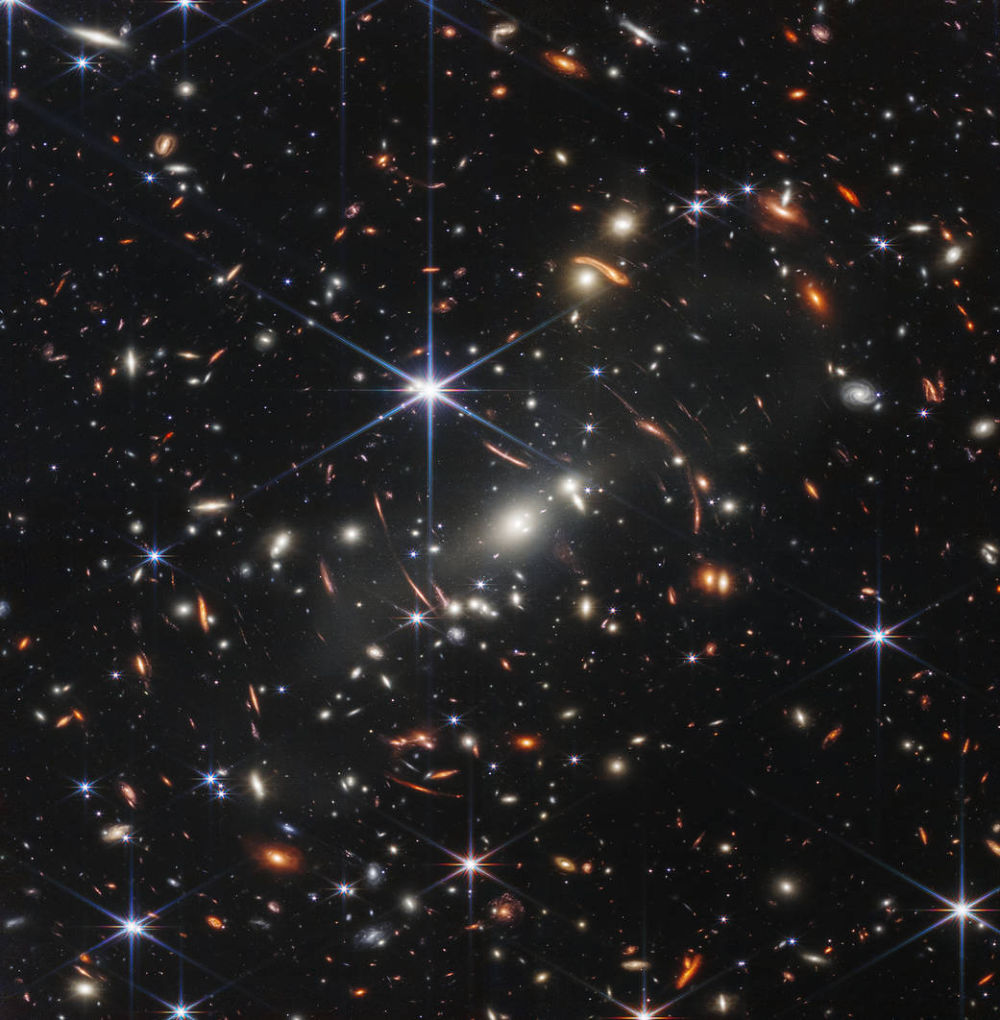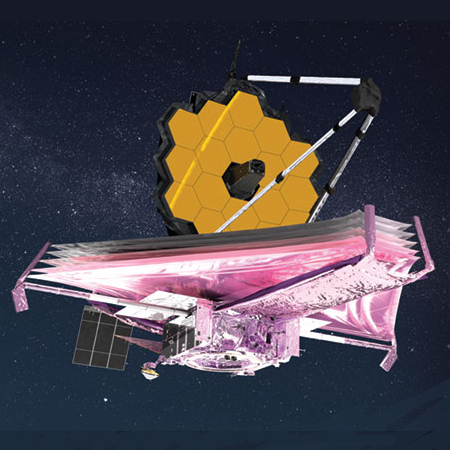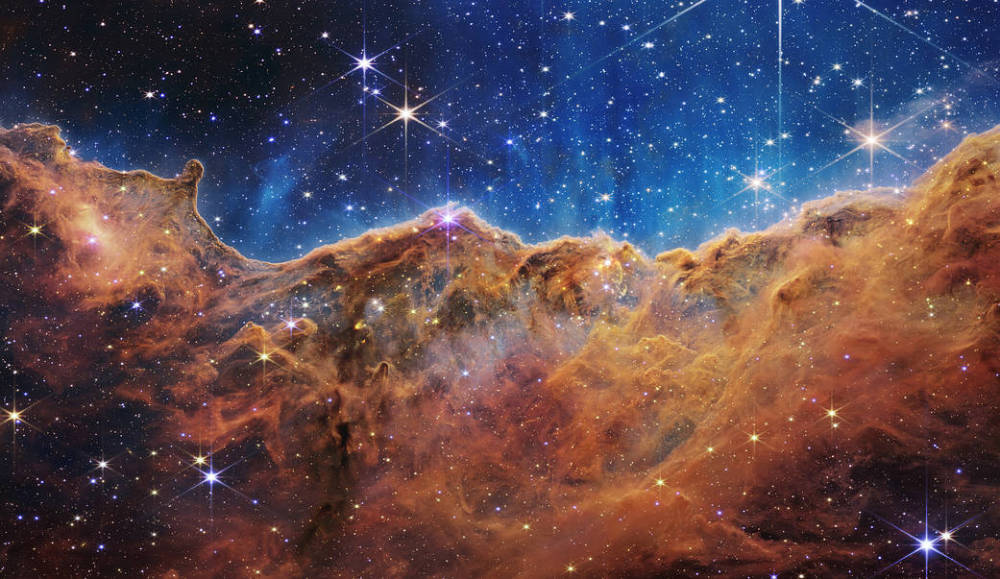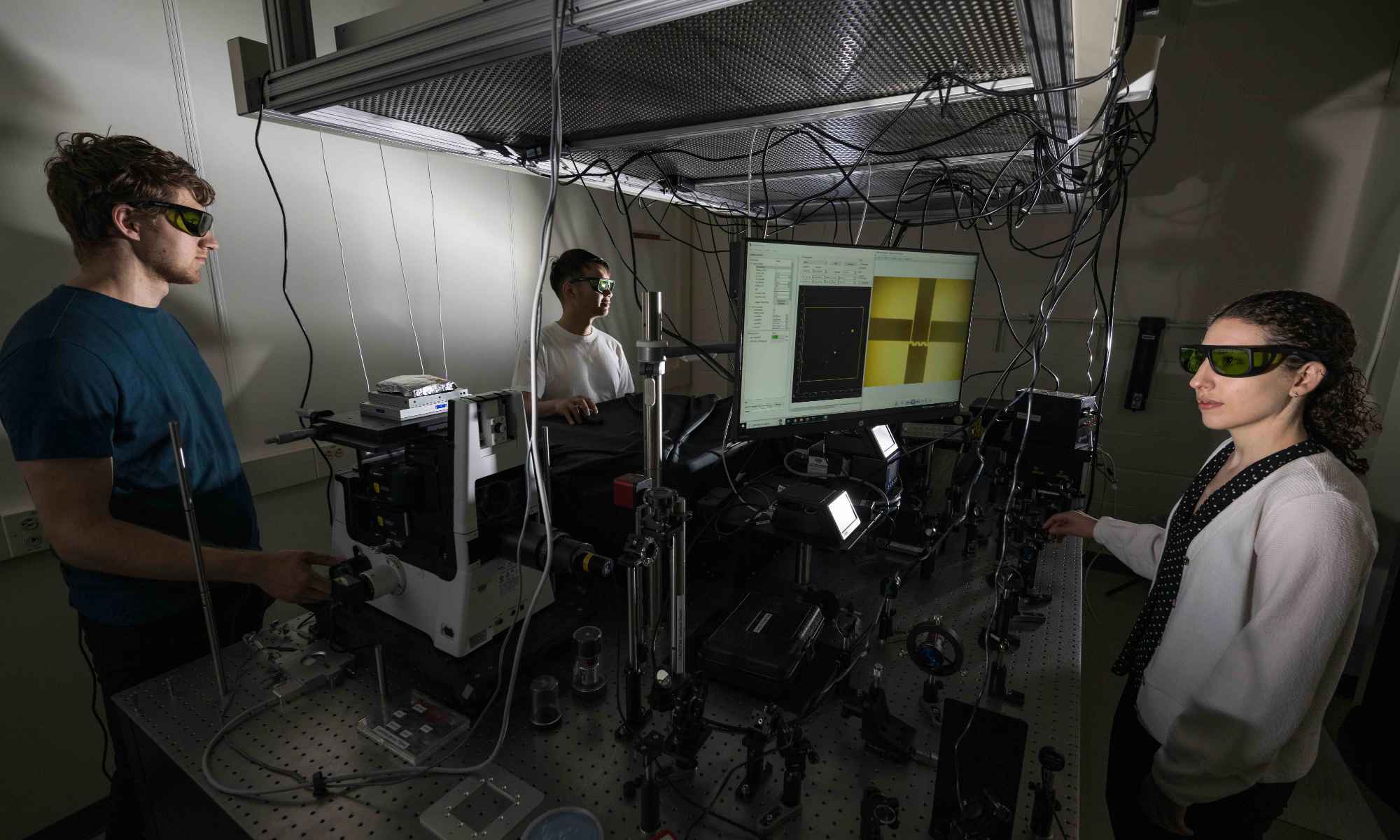
Humanity’s best looks at the universe so far were made possible by the contributions of scientists, engineers, and supporters—including Rochester community members.
NASA’s James Webb Space Telescope, the successor to the 30-year-old Hubble Space Telescope, has produced the deepest and sharpest infrared image of the distant universe to date: Webb’s First Deep Field. This first image, which shows the galaxy cluster SMACS 0723 as it appeared 4.6 billion years ago, was released by President Joe Biden on July 11. A full suite of images was released by NASA on July 12.
“Thousands of galaxies—including the faintest objects ever observed in the infrared—have appeared in Webb’s view for the first time,” reports NASA. “This slice of the vast universe is approximately the size of a grain of sand held at arm’s length by someone on the ground.”
Helping to make this moment a reality were dozens of University of Rochester faculty and alumni who were involved in a series of optical, thermal, and functional tests of the telescope’s key elements. Faculty members who contributed to the project include William Forrest, Judith Pipher, James Fienup, and Duncan Moore, who cochaired a group of national experts in optics and space science that is advising NASA on the telescope.
Get the story of Rochester’s role in ushering in this new era in astronomy.

Rochester Review: A look back in time
“This is the first lightweight, segmented telescope NASA has ever built. There was no road map. We had to invent almost everything, from how we modeled it, to how we tested it,” Lee Feinberg ’87, an Institute of Optics graduate who began working for NASA in 1991 and contributed to the Webb project as the optical telescope element manager, told Rochester Review in 2021.





